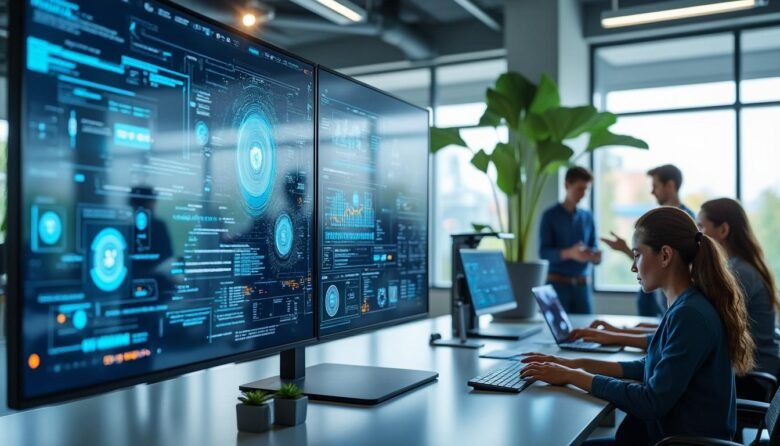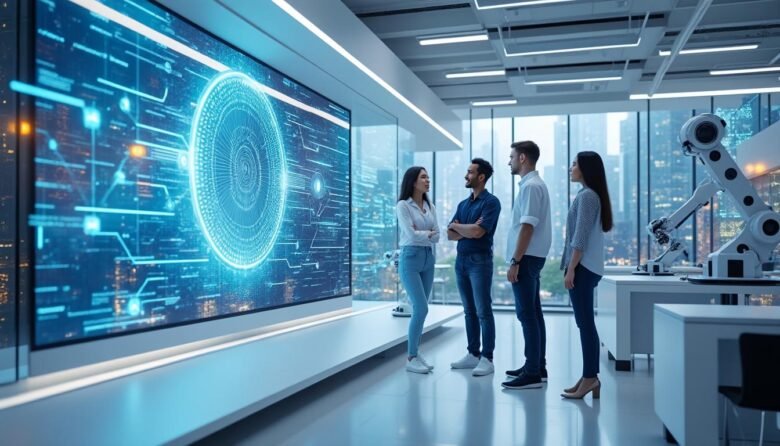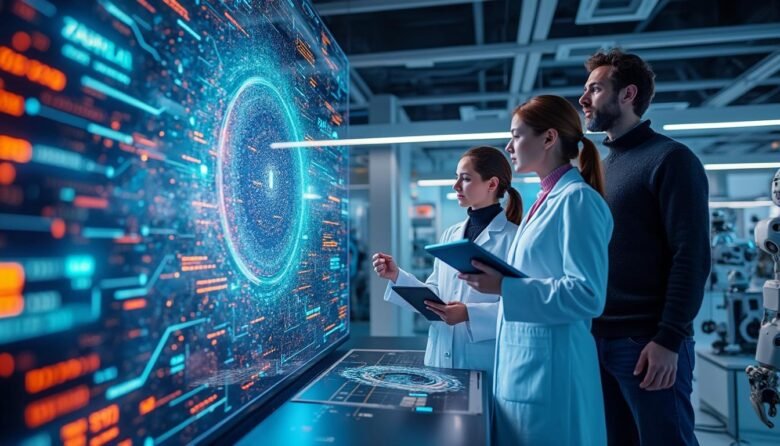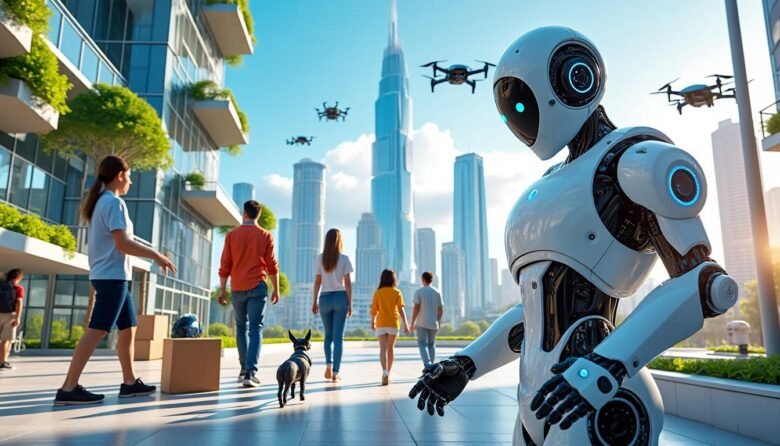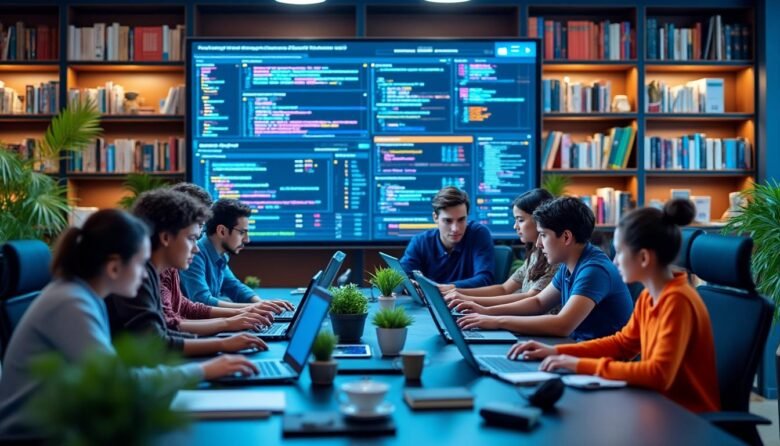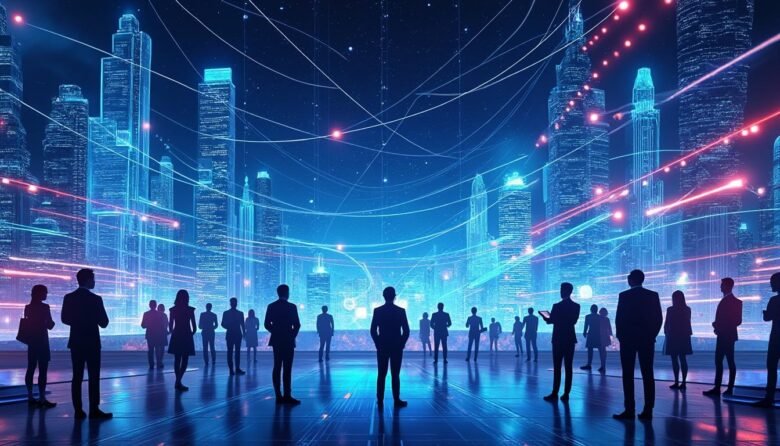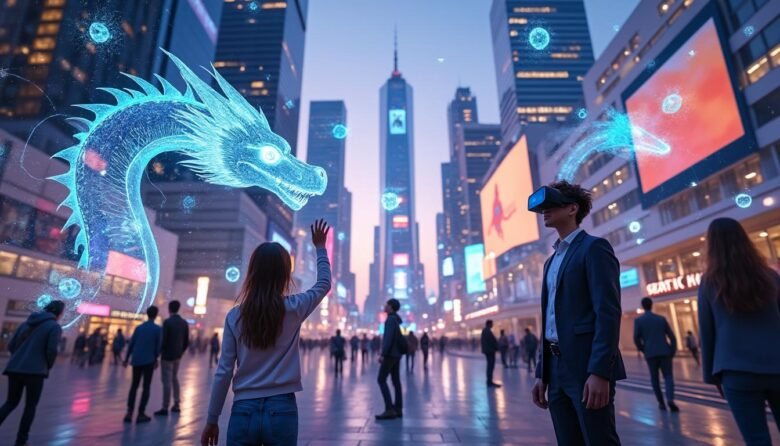Opening Summary: The AI landscape in 2025 is evolving at a pace that blurs the line between software and intelligent systems. Enterprises increasingly rely on a mix of foundational models, specialized tools, and platform-level services to design, deploy, and govern AI-powered solutions. The biggest shifts concern interoperability across clouds, the maturation of AI governance and …
En bref Across the last decade, the language of artificial intelligence has shifted from academic jargon to everyday parlance. As AI systems become embedded in business, healthcare, and consumer tech, understanding the vocabulary is not a luxury but a necessity. This piece examines how language is used to describe capabilities, limits, and risks, and how …
As artificial intelligence continues to evolve, the language of machines—how they understand, generate, and transform human communication—has become a central organizing principle for research and industry alike. By 2025, AI language systems have moved beyond shuffling words to mapping meanings, intents, and nuanced styles across diverse domains. This article explores the architecture, learning mechanisms, and …
En bref The future of robotics sits at the intersection of engineering, data, and human-centered design. Robots are no longer merely programmed machines; they are increasingly autonomous agents capable of sensing, reasoning, and adapting to changing environments. This shift accelerates across sectors, linking industrial efficiency with everyday life, while inviting questions about safety, labor, and …
En bref In a world where devices proliferate and AI companions become increasingly capable, the study of Human-Computer Interaction (HCI) is less about the novelty of interfaces and more about the reliability, predictability, and meaningfulness of everyday interactions. The gulf between what a user intends and what a system actually does remains the central challenge: …
In a world increasingly defined by digital systems, computer science stands as the backbone of modern innovation. It is a field that blends abstract theory with tangible engineering, shaping how we compute, communicate, and interact with information every day. From the earliest mechanical calculators to cutting-edge AI, cryptography, and cloud infrastructures, the trajectory of computer …
En bref Résumé d’ouverture Across today’s digital ecosystem, from search results to personalized recommendations, algorithms function as the unseen engines of choice. They convert vast swaths of data into actions, guiding everything from which news articles appear in your feed to which movie you might enjoy next on a streaming service. In 2025, the scale …
In 2025, augmented reality is moving from a niche technology to a ubiquitous layer that enriches everyday activities. AR overlays digital information onto the real world, creating tangible, interactive experiences without removing users from their environment. Unlike VR, which places users inside a fully synthetic universe, AR preserves real-world context and complements it with computer-generated …

